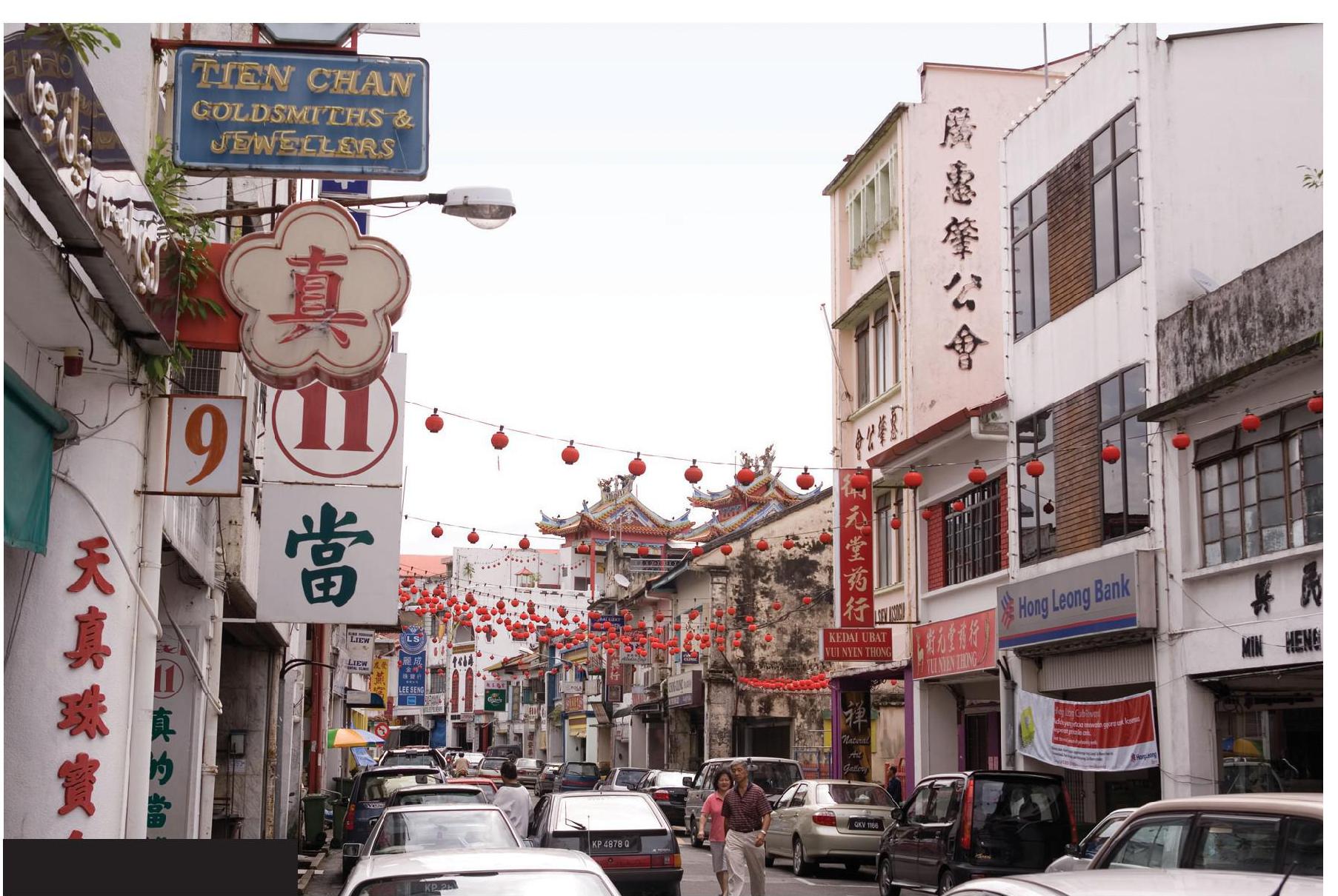
It has daily temperatures in the shade ranging from 25ºC in early morning to 33ºC in early afternoon. It is the wettest city in the world, with an annual rainfall of over 4,000 mm. Kuching in Sarawak, Malaysia (Figure 1) is not only hot and wet, but is rapidly developing. It is the fourth largest city in Malaysia, with nearly 1 million inhabitants (Inset 1). What impact is this urbanisation having on its microclimate?
Most research on urban microclimates has documented developed-country cities in temperate latitudes, but each city, wherever it is located in the world, makes its own climate. Kuching is no exception. Its urban climate is changing as fast as it grows.
Your organisation does not have access to this article.
Sign up today to give your students the edge they need to achieve their best grades with subject expertise
Subscribe




